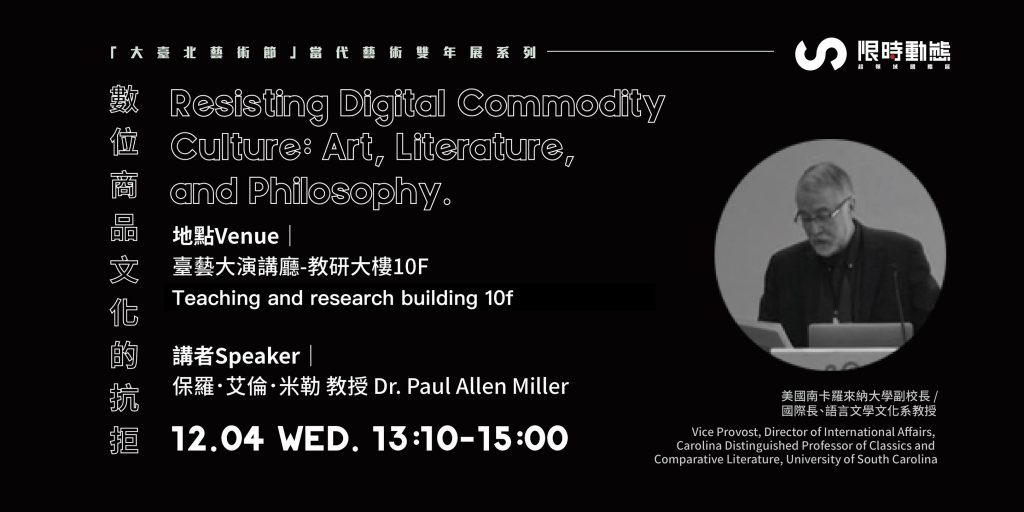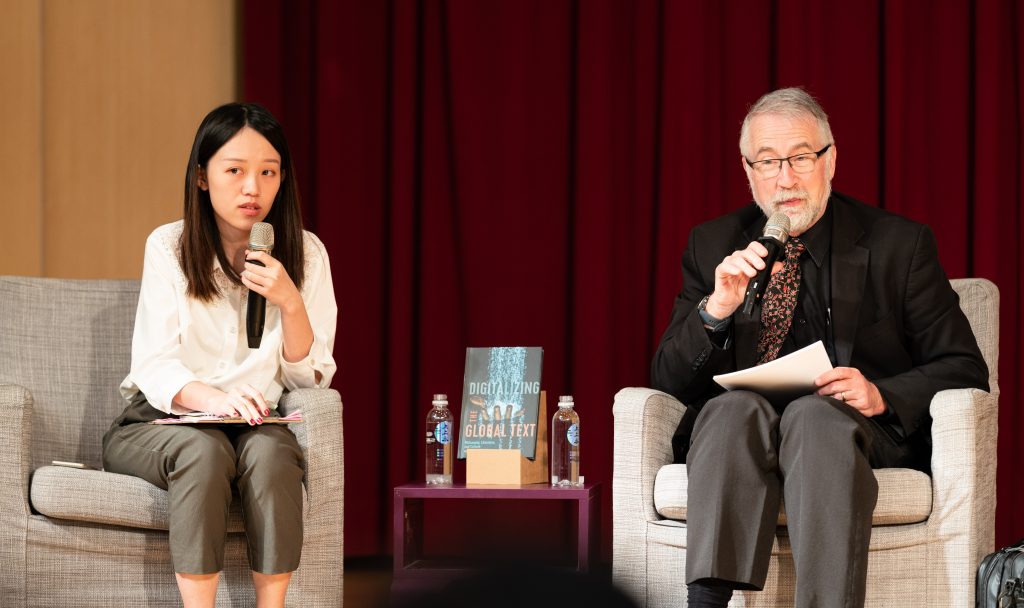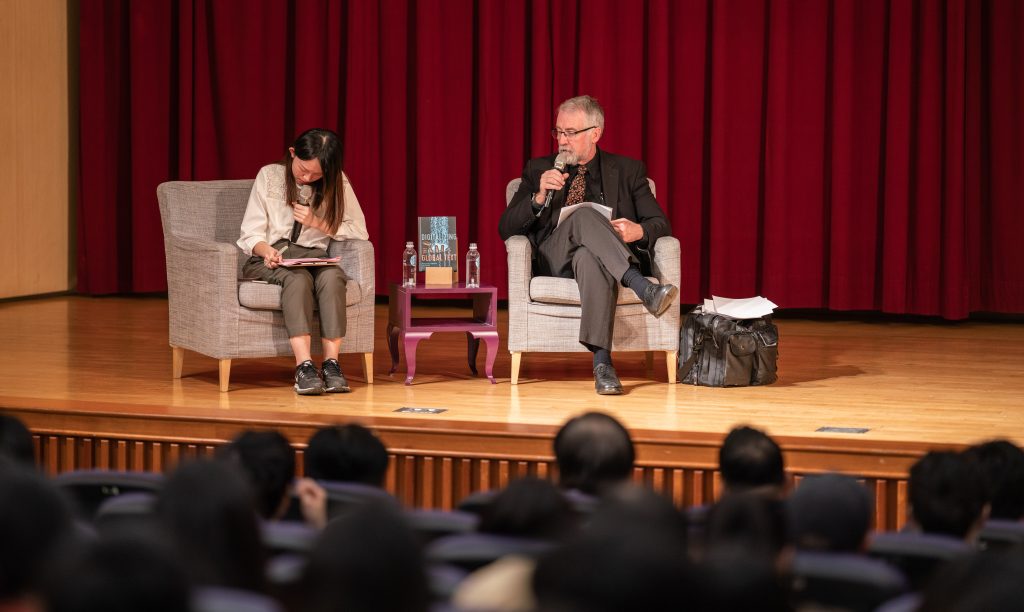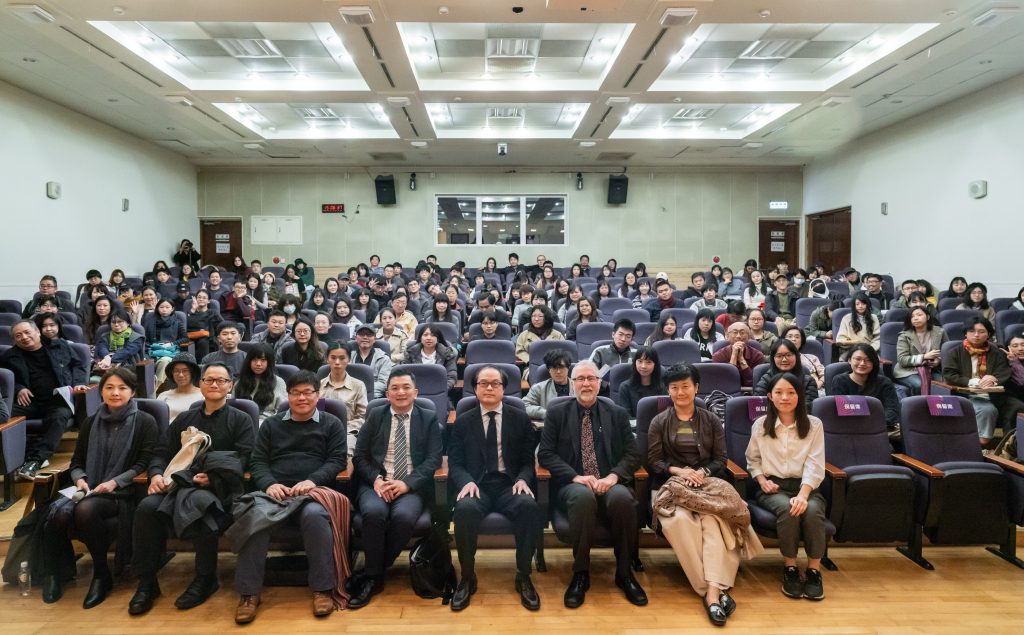To prepare for this interpreting assignment, I devoted considerable time to exploring Gabriel Orozco’s creative philosophy and artistic practice. Before these reflections fade, I’d like to record them here and share them with my readers.
The Chapultepec Park project in Mexico is a large-scale, government-funded initiative that has been running for years. Mr Orozco mentioned that the park is two or even three times the size of New York’s Central Park. Given its immense scale, he was thrilled to be appointed as the project’s director. He accepted the role with humility and enthusiasm, confident that his skill set aligned with the project’s demands.

An artist-led cultural and ecological park
Throughout the process, Mr Orozco has adhered to one guiding principle: whenever a task can be carried out by artists, he ensures that artists take the lead. He also spoke about his lifelong passion for football—a team sport—which, he believes, naturally shaped his collaborative spirit when working with architects, engineers, and ecological experts.
Collaboration was vital in this project, which brought together art and ecology—two fields not often combined in such depth. Another core principle for him was the integration of Mexico’s history, and that of the park itself, into the design. Mexico, once a Spanish colony, has layers of cultural and industrial heritage embedded in this site; one area of the park, for example, was formerly a gunpowder factory. Mr Orozco chose to preserve parts of these historical structures while creating new, imaginative spaces for public use.
The sheer scope of the project is astonishing, and the effort behind it, monumental. While preparing for this assignment, I was moved by Mr Orozco’s sincerity and deeply appreciated his humour throughout the conversations he had with others in videos I found online.
Hybrid interpreting—What is it?
This was also my first experience working in hybrid mode. What does that mean, you ask? Hybrid interpreting is used when the moderator(s), speaker(s), or audience members are not all in the same physical space. The organiser connects everyone via video-conferencing tools—in this case, the speaker, Mr Orozco, joined remotely while the rest of us were on-site.
This mode presents unique challenges. Chief among them is that interpreters lose the opportunity to build a personal rapport with the speaker, which can subtly affect the rhythm of the exchange.
Hybrid interpreting also relies heavily on the audio quality of the connection—determined by the speaker’s microphone and the organiser’s sound and video setup.
One unexpected issue arose during this event: I was not visible on camera, so the speaker couldn’t see me. Normally, interpreters are out of sight—either behind the speaker or inside a booth—but in a remote setting, visual cues like gestures or eye contact become crucial. You might think this is a minor detail, but such ‘small’ elements can greatly influence the flow of communication. If the speaker pauses every few seconds to confirm that the interpretation has finished, it can unsettle the audience and disrupt the overall experience.
To ensure the best results for your event and a seamless experience for your audience, contact me to discuss your interpreting needs.

Rye Lin Art & Translation offers interpreting services from English, Japanese, and Korean into Chinese. Based in Taiwan, we specialise in art and cultural content.
Besides, if you’re visiting Taiwan and looking forward to an artistic and enriching trip, feel free to reach out—we’ll be delighted to be your guide and share local insights.
Send us an email today for a quote. ryeryelin [at] gmail.com








